President Carter signed the Community Mental Health Centers Act
On Nov. 9, 1978, the President Jimmy Carter signed the Community Mental Health Centers Act (P.L. 95-622) amending…
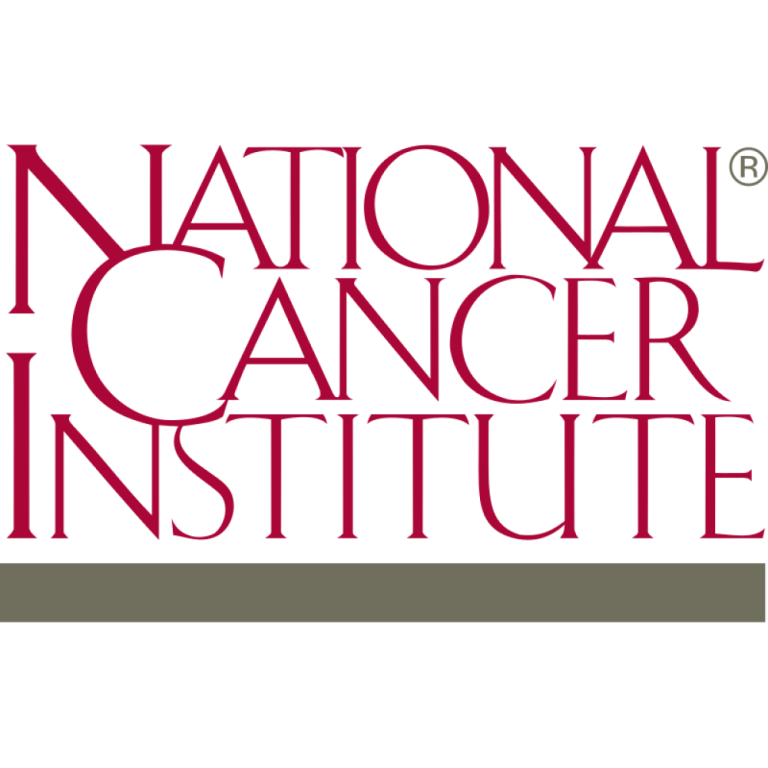
On Nov. 9, 1978, the President Jimmy Carter signed the Community Mental Health Centers Act (P.L. 95-622) amending…

In 1978, Carl Woese, an American microbiologist defined Archaea as a new domain based upon genetic relationships that…
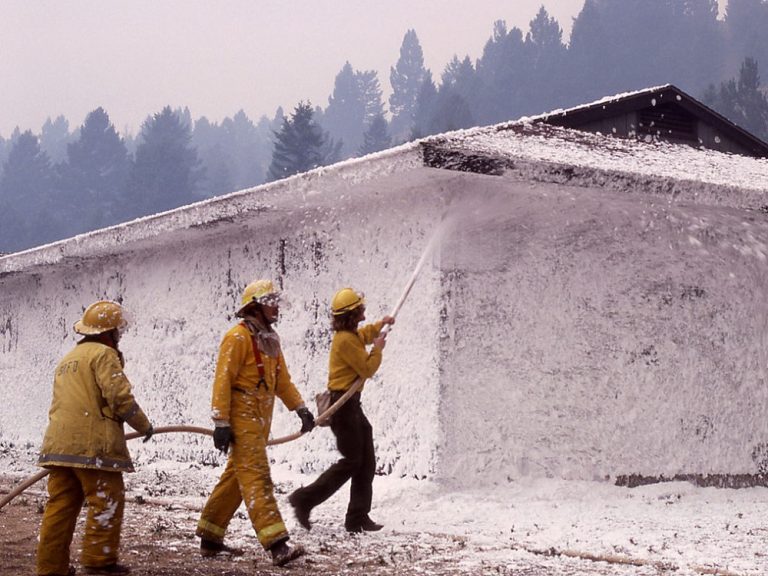
In 1976, The U.S. Congress passed the Toxic Substances Control Act (TSCA) which provided the U.S. Environmental Protection…

In 1976, the U.S. Centers for Disease Control and Prevention’s (CDC) Environmental Services Division revealed blood lead levels…

On Nov. 28, 1973, the Environmental Protection Agency (EPA) Administrator Russell E. Train announced the final regulations to…
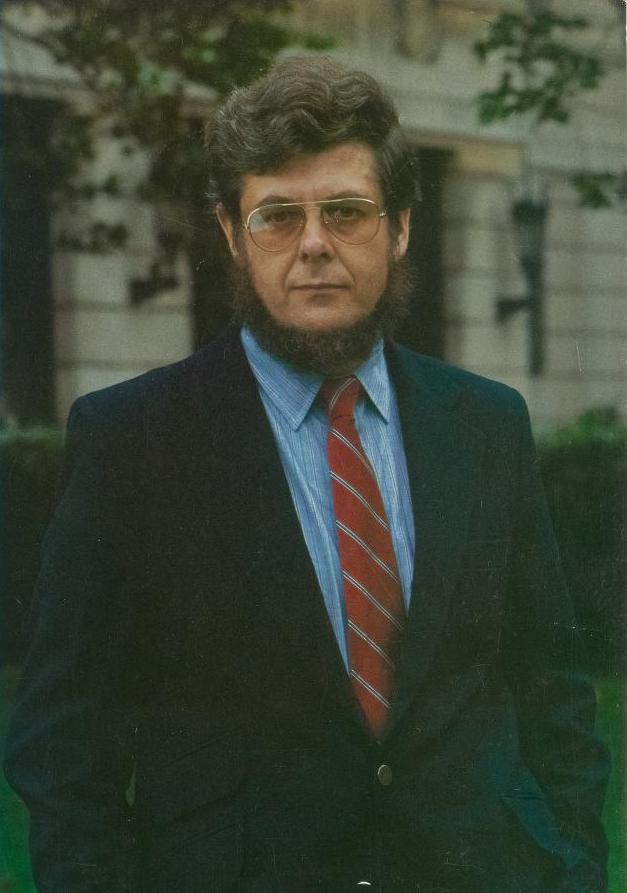
In 1973, the publication “Biohazards in Biological Research,” was edited by S. Hellman, M. Oxman, and R. Pollack. …

On Jun. 14, 1972, an end to the continued domestic usage of the pesticide DDT was decreed when…

On Jun. 5, 1972, the United Nations Conference on the Human Environment in Stockholm, Sweden was the first…

In 1971, the U.S. Centers for Disease Control and Prevention (CDC) investigated lead exposure in El Paso, Texas,…
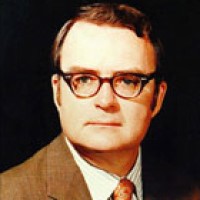
On Dec. 2, 1970, the EPA was established by President Richard Nixon with an Executive Order to consolidate…
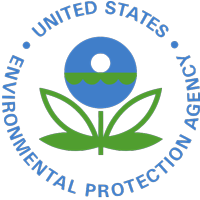
On Nov. 6, 1970, President Nixon nominated William D. Ruckelshaus to be the first Administrator of the U.S….

On Jun. 30, 1970, the Olin Corporation stopped manufacturing DDT after intense pressure from the Army and environmental…
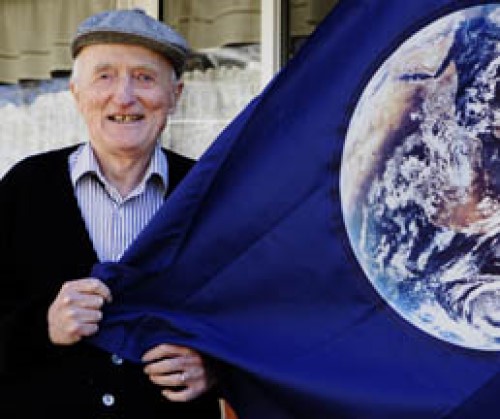
On Apr. 22, 1970, the first Earth Day was held and the modern environmental movement was born. A…
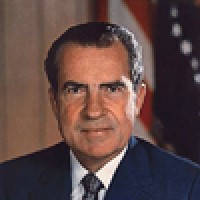
On Jan. 1, 1970, President Richard Nixon signed the National Environmental Policy Act (NEPA) into law and launched…
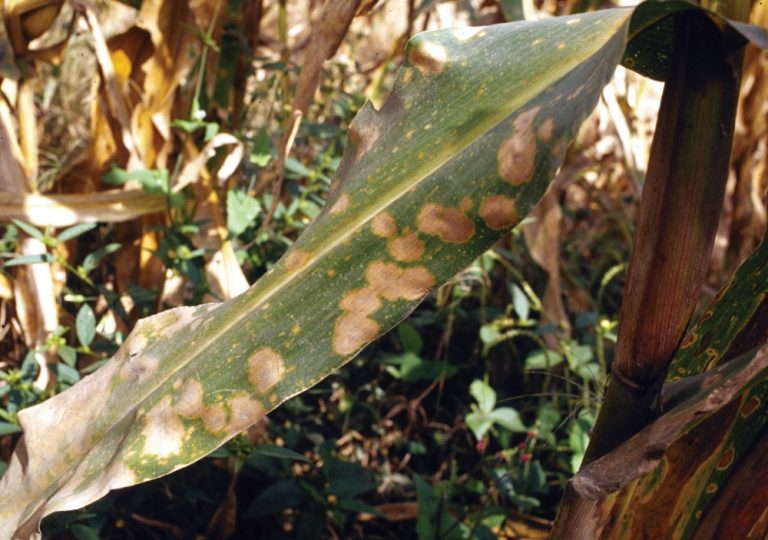
In 1970, the Southern Corn Leaf Blight (SCLB) sweeps across the South, destroying 15% of the U.S. corn…
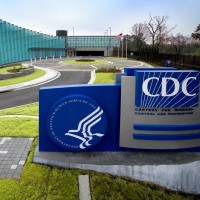
In 1970, the National Communicable Disease Center (NCDC) was renamed the Center for Disease Control (CDC). The scope…

On Oct. 3, 1969, a proposal to establish “Earth Day” was submitted by John McConnell to Peter Tamaris…
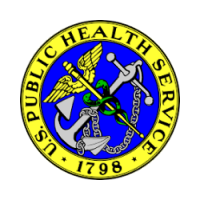
In March 1968, a reorganization of federal health programs placed the U.S. Food and Drug Administration (FDA) in…
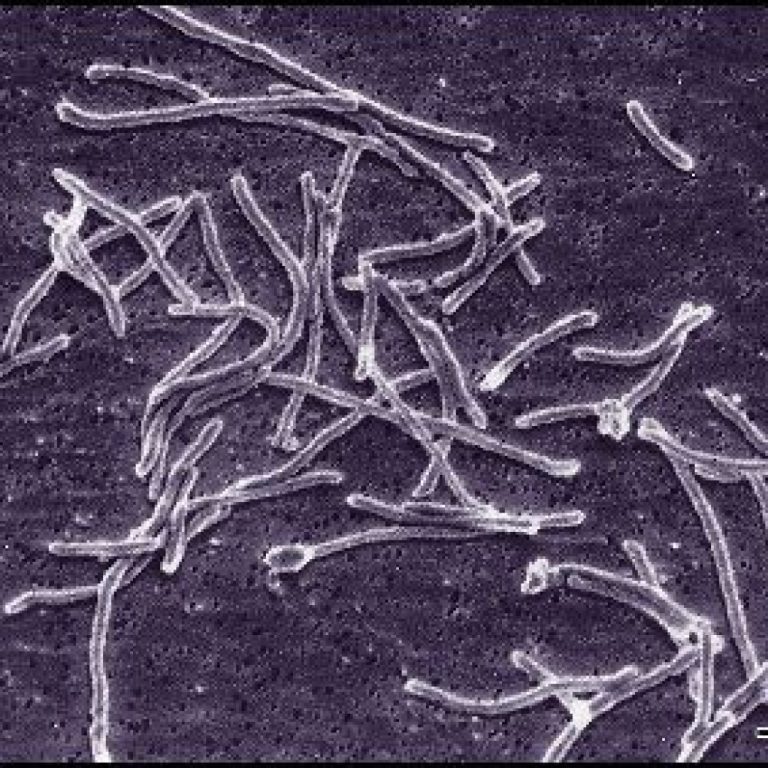
In 1966, Thermus aquaticus was first discovered in the Mushroom Pool of Lower Geyser Basin in Yellowstone National…

In 1965, the Pacific Northwest National Laboratory, now known as Battelle Pacific Northwest Division, was founded in 1965…
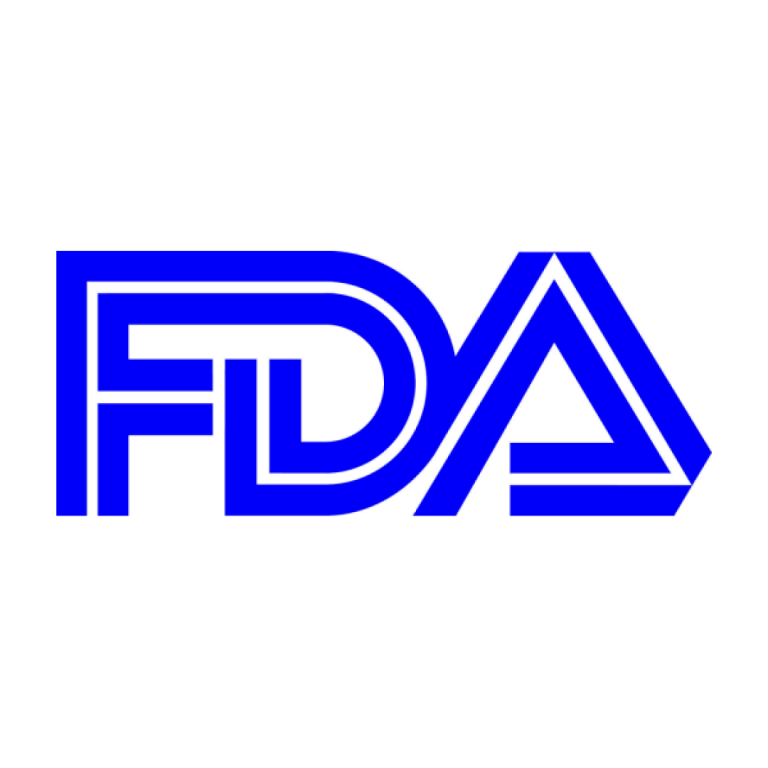
On Aug. 30, 1964, the U.S. Food and Drug Administration (FDA) requested help in removing “X-33 Water Repellent”…
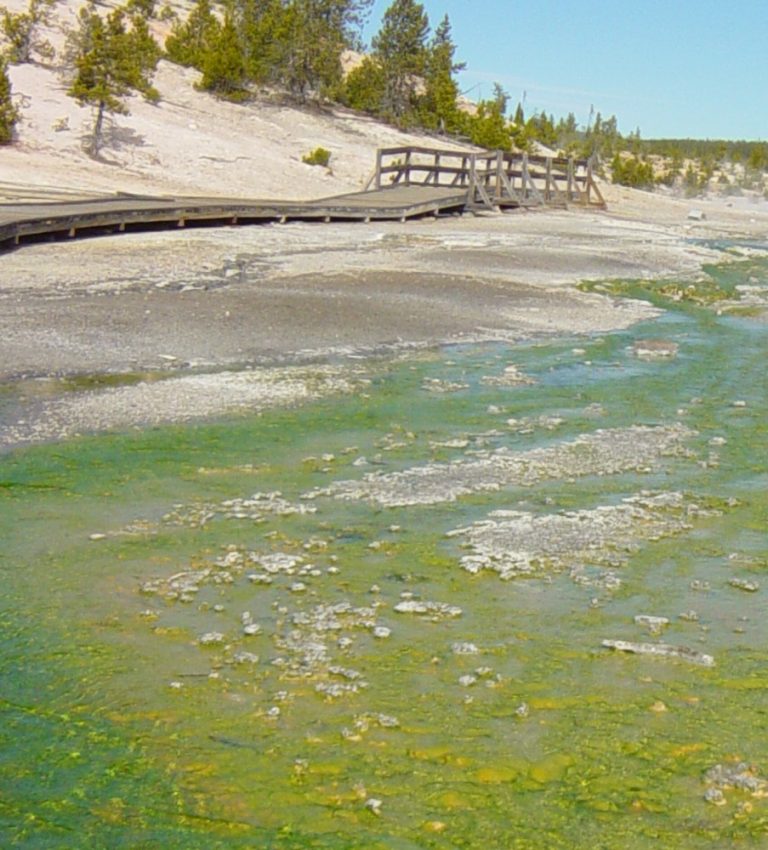
On Jun. 20, 1964, a team of researchers led by Dr. Thomas Brock, then a professor at the…

In 1963, the first biomedical and environmental research program began at Livermore. John Gofman, a distinguished professor at…
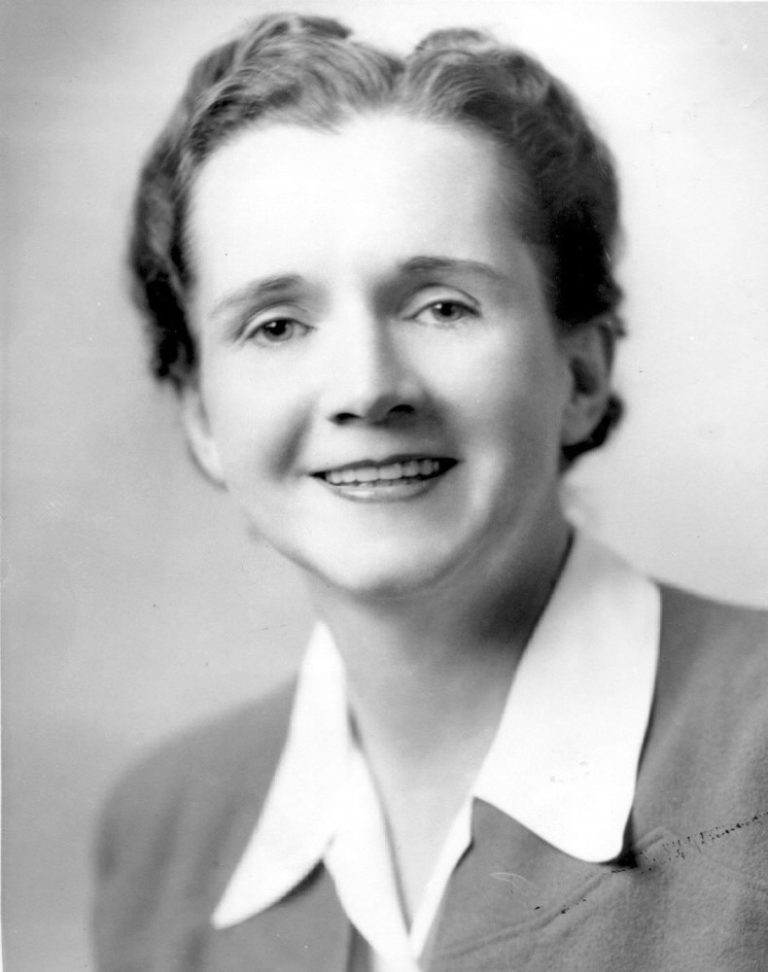
In 1962, Silent Spring, a book by marine biologist Rachel Carson, galvanized the first generation of environmentalists. Silent…
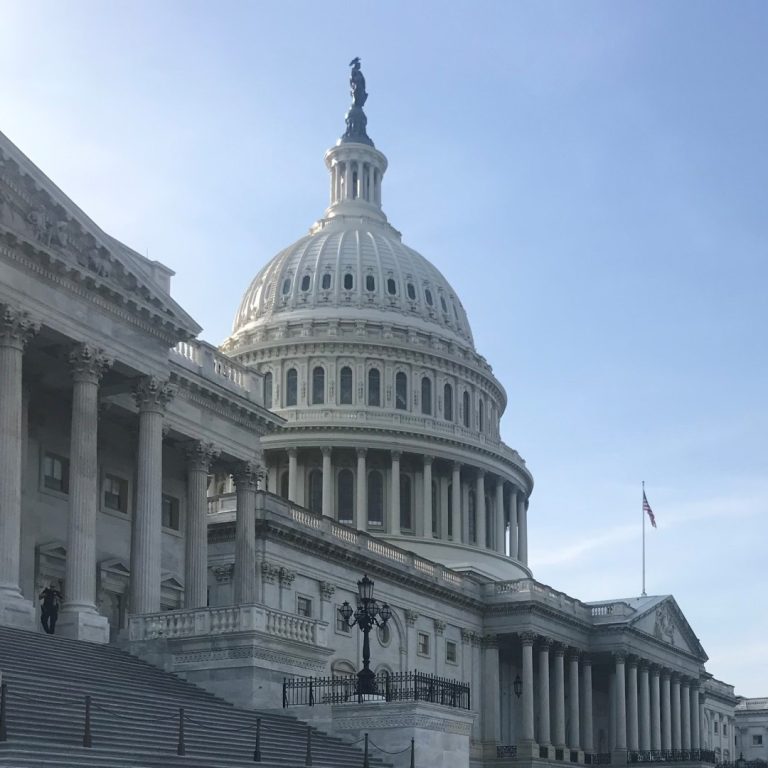
In Jun. 1960, the U.S. Congress passed an appropriations bill that included funding for a Federal Insect Laboratory…

In Jul. 1955, the U.S. Department of Agriculture (USDA) and the U.S. Forest Service (USFS) sprayed DDT as…

In 1954, first large-scale radiological examination of food carried out by U.S. Food and Drug Administration (FDA) when…
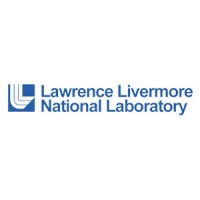
On Sept. 2, 1952, the University of California Radiation Laboratory, now known as the Lawrence Livermore National Laboratory…
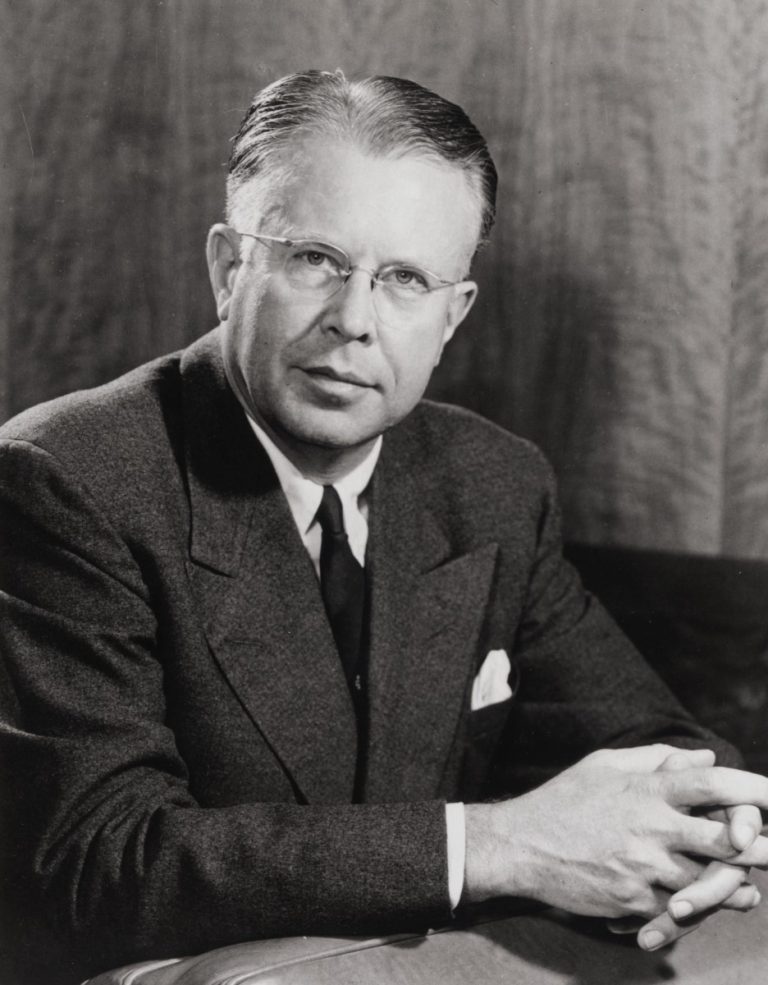
On Aug. 26, 1952, Founders Day marks the date that Ernest Lawrence received permission to open up a…
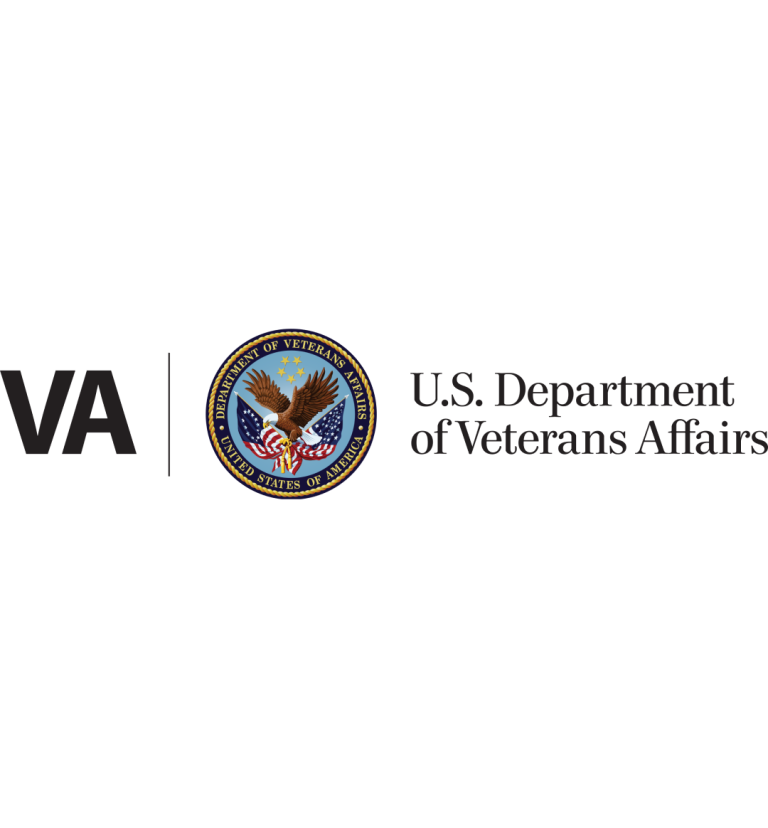
In 1950, Roger M. Cole and Byron J. Olson in collaboration with Veterans Administration physicians conducted epidemiologic studies…